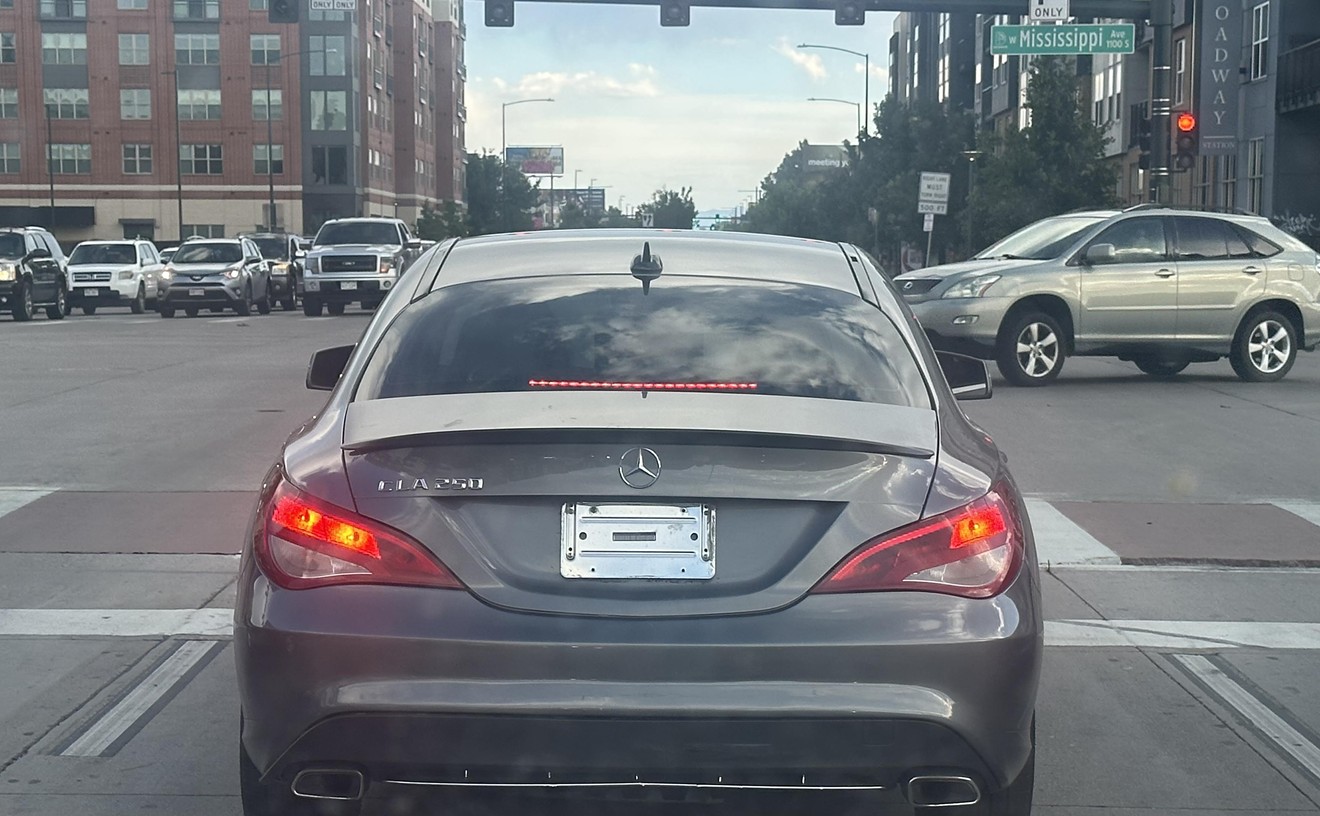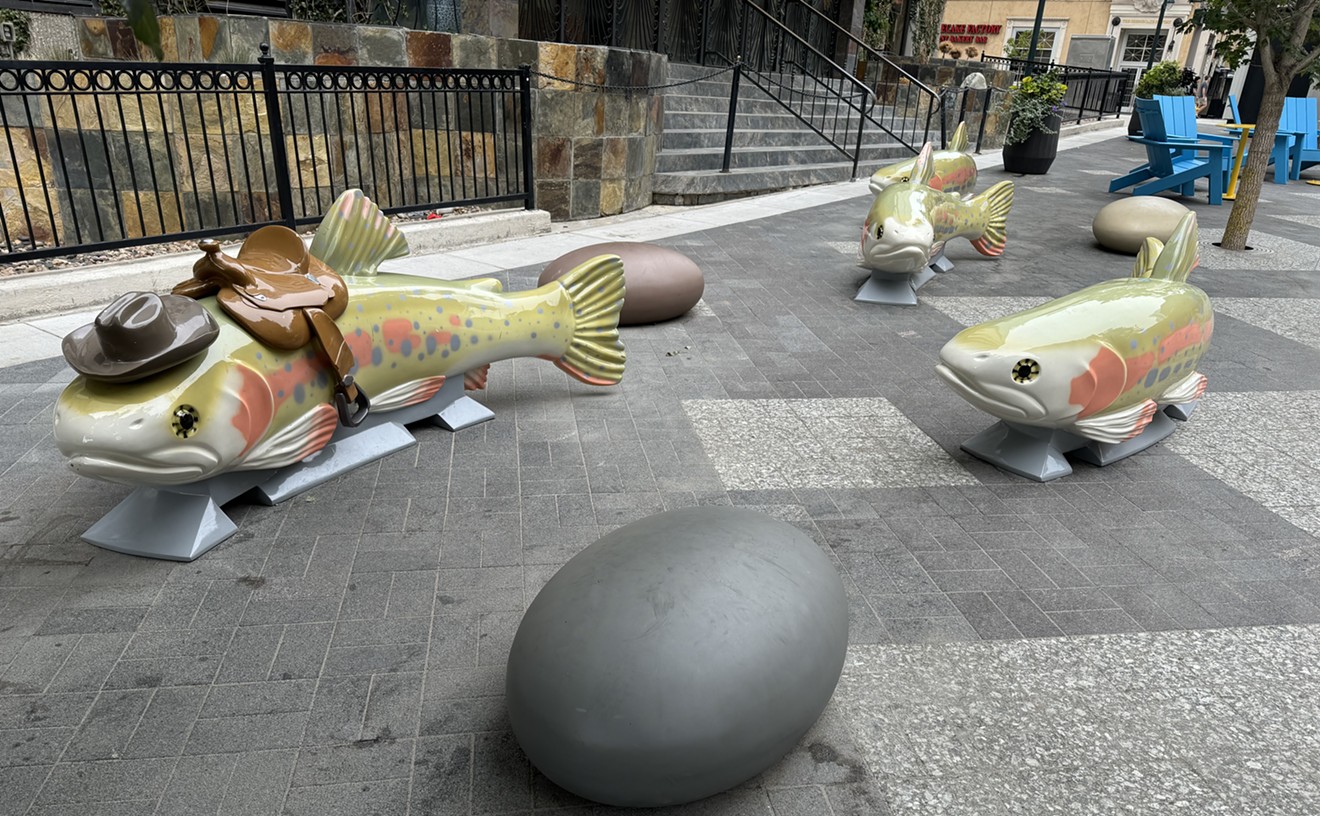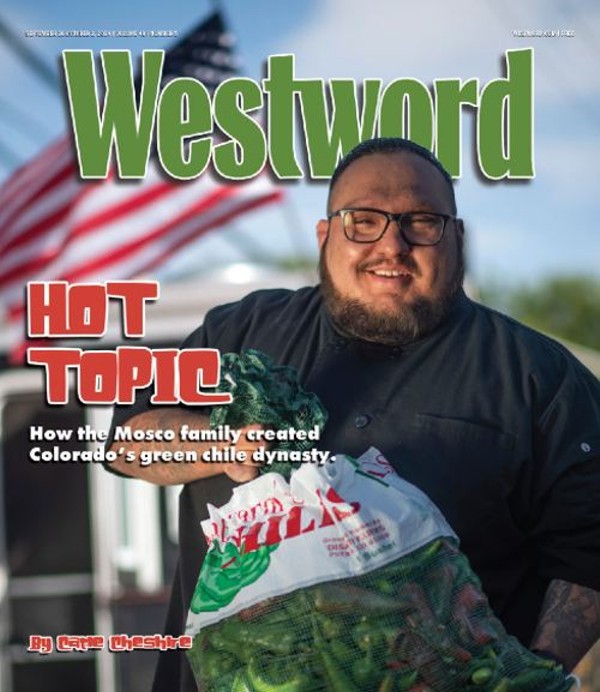When he was in seventh grade Paul Williamson set five goals for his life. Now 74, he says he’s achieved all of them — except living until 120, that is.
But he's seen some setbacks, including losing his house in the Marshall fire. Williamson designed and built it himself, completing the project — which he called The Sustainable Smart Home Living Learning Center — in 2015. He would give tours to those interested in implementing sustainable elements in their own homes; among the sustainability measures he'd incorporated were using local, recycled materials, as well as installing piping designed to keep the house at ground temperature. He'd also oriented the roof and windows to collect the most light for solar energy and temperature regulation.
The day after the Marshall fire, Williamson snuck back into his Superior neighborhood to see the damage. His home, including a myriad of mementos and historic items he’d archived for his family, had been completely destroyed by the flames.
Before he got back to his car, he was already making calls about cleaning up and brainstorming ways to rebuild better, reminding himself of an old saying, “There’s no sense sitting around crying in your beer.”
On his own, he cleaned up the property as quickly as possible, loading nine containers of scrap metal, and began making plans to rebuild. “But then I started thinking about it,” he says. “So I said, okay, would I rather spend two years working on a house and doing something I've already done? Or do I want to go to Bimini and lay on the beach?”
His answer fell somewhere between the two. For now, Williamson is renting an apartment in Broomfield and looking into buying a home in Weld County. Though he wants to visit plenty of beaches, he doesn't plan to leave Colorado behind. In fact, he's now focusing on pushing a pet project: a sustainable rail line that would feed into Regional Transportation District's system. Through STE Holdings (formerly Rocky Mountain Rail), he worked on the idea for the last four years with two business partners: engineer Dave Ruble and Bob Briggs, who was elected to the RTD board in 1999, served on the state legislature after that, and died late last year.
In December, Williamson and Ruble made an unsolicited proposal to RTD. Their project would add eleven rail lines across the state; the first five, which Williamson says could be completed in five years, would connect Fort Collins, Boulder, Greeley and Loveland to existing RTD lines and connect the RTD line to Thornton with Denver International Airport. And it would do all that without any cost to taxpayers by running on renewable energy generated on the rail line through a combination of solar and wind power.
“We are for sure the most innovative transportation project in the United States, maybe in the world at this point,” Williamson says. The rail would be hydrogen-powered to cut down on emissions. According to STE Holdings’s calculations, it would generate two terawatts of energy, allowing the company to sell the energy back to Xcel and cover the project’s costs.
The team calculates that the project would add millions of riders annually as well as millions of dollars in revenue for RTD, while eliminating 2,800 metric tons of carbon dioxide pollution each year.
Through a spokesperson, RTD confirmed that it had received the STE Holdings proposal and informed Williamson in January that it wouldn’t move forward with the project. But Williamson has faced bigger challenges, and plans to persuade RTD to change its position.
“Change always has to come from the outside,” he says. “Very seldom does change come from internal sources….That's why it's fun being an innovator and bringing some of these ideas to the table, because no one else has done it before. It does make it hard for us, though, because nobody, to our knowledge, has ever come to RTD and said, ‘We want to help you. We can improve your bottom line and you're not having to put any money into it.’”
Williamson has met with Xcel, state legislators and others about the idea; all of them have initially dismissed it, too, he says, adding that if they take the time to listen, they come around.
“We're not in it to make a killing or anything,” Williamson says. “We're in it to revolutionize transportation and renewable energy and in Colorado, and hopefully have some influence on the rest of the country.”

Audio By Carbonatix
[
{
"name": "Air - MediumRectangle - Inline Content - Mobile Display Size",
"component": "12017618",
"insertPoint": "2",
"requiredCountToDisplay": "2",
"watchElement": ".fdn-content-body",
"astAdList": [
{
"adType": "rectangle",
"displayTargets": "mobile"
}
]
},{
"name": "Editor Picks",
"component": "17242653",
"insertPoint": "4",
"requiredCountToDisplay": "1",
"watchElement": ".fdn-content-body",
"astAdList": [
{
"adType": "rectangleLeft",
"displayTargets": "desktop|tablet"
},{
"adType": "rectangleRight",
"displayTargets": "desktop|tablet|mobile"
}
]
},{
"name": "Inline Links",
"component": "18838239",
"insertPoint": "8th",
"startingPoint": 8,
"requiredCountToDisplay": "7",
"maxInsertions": 25
},{
"name": "Air - MediumRectangle - Combo - Inline Content",
"component": "17261320",
"insertPoint": "8th",
"startingPoint": 8,
"requiredCountToDisplay": "7",
"maxInsertions": 25,
"watchElement": ".fdn-content-body",
"astAdList": [
{
"adType": "rectangleLeft",
"displayTargets": "desktop|tablet"
},{
"adType": "rectangleRight",
"displayTargets": "desktop|tablet|mobile"
}
]
},{
"name": "Inline Links",
"component": "18838239",
"insertPoint": "8th",
"startingPoint": 12,
"requiredCountToDisplay": "11",
"maxInsertions": 25
},{
"name": "Air - Leaderboard Tower - Combo - Inline Content",
"component": "17261321",
"insertPoint": "8th",
"startingPoint": 12,
"requiredCountToDisplay": "11",
"maxInsertions": 25,
"watchElement": ".fdn-content-body",
"astAdList": [
{
"adType": "leaderboardInlineContent",
"displayTargets": "desktop|tablet"
},{
"adType": "tower",
"displayTargets": "mobile"
}
]
}
]











